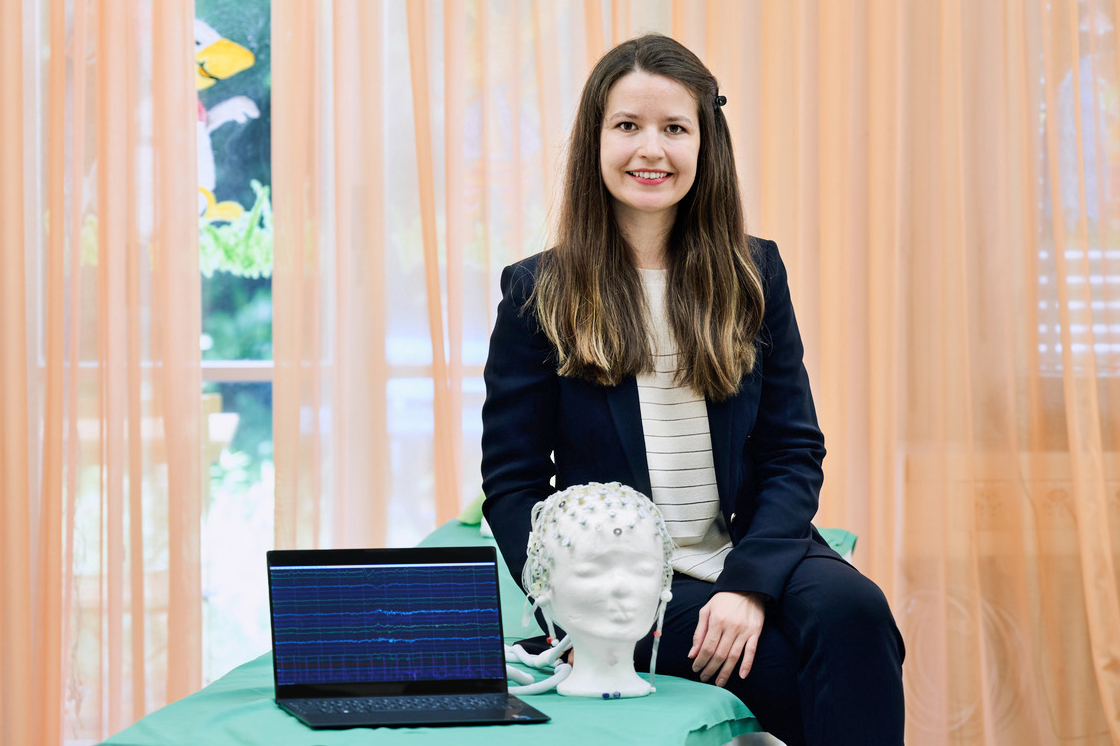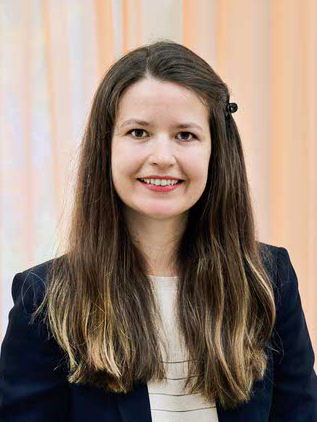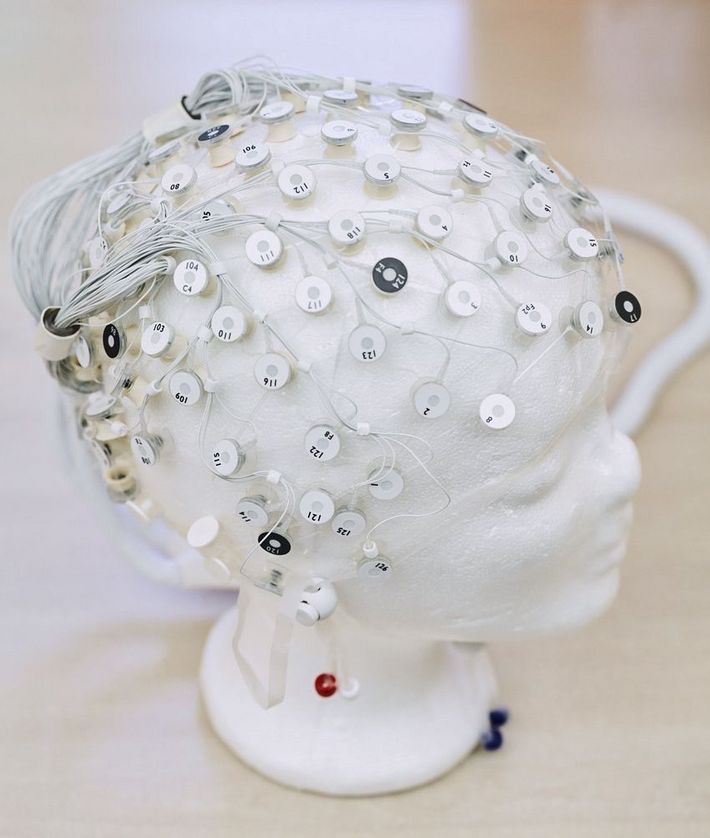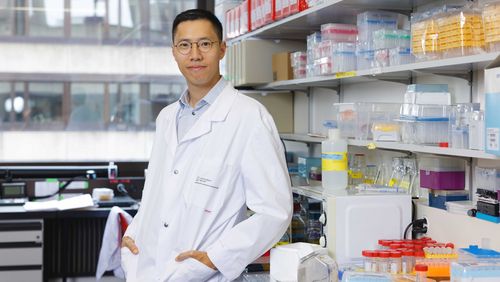
Automated brainwave analysis
Medical engineer Jelena Skorucak has developed an automated software platform for detecting indicators of epilepsy in the brain activity of children. Thanks to a MedTechEntrepreneur Fellowship from the University of Zurich, she can now prepare the platform for market entry.
Up to one percent of the population suffers from a form of epilepsy, and children are more commonly affected than adults. Epilepsy patients who experience severe seizures are generally diagnosed very soon, but others have seizures that often—or almost exclusively—occur during sleep. When their brainwaves are measured in an electroencephalogram (EEG) scan, these episodes register as marked aberrations, or “spikes”.
Although neurologists can detect epilepsy by observing these spikes on an EEG, “analysing an EEG for an entire night is extremely demanding”, says Jelena Skorucak, a medical engineer and postdoc at the University Children’s Hospital Zurich. To simplify the procedure, she came upon the idea to automate EEG analyses.
Her solution was developing a software tool that detects the spikes; she and her colleagues first validated the software platform by comparing their results to the analyses of experienced neurologists. They then conducted a study using a dataset of more than 400 sleep EEGs carried out at the University Children’s Hospital Zurich over the last twenty-five years.


Promising results
The software also traces a marker for sleep quality, as it’s believed that seizures disrupt sleep patterns and the regeneration of synapses in the brain, which is why people with epilepsy often experience fatigue as well as problems with concentration and memory. And in fact, a study the team published in the journal Scientific Reports showed that the software reliably detected both spikes and sleep quality. More-over, it confirmed that spikes and poor sleep do indeed co-occur frequently in epilepsy patients, and that the two are correlated. This correlation is especially high in children with Lennox-Gastaut syndrome, a particularly severe form of epilepsy.
Jelena Skorucak is now aiming to prepare her analysis platform for market entry, and the first steps have been made possible by the MedTech-Entrepreneur Fellowship she received in the spring of 2023. The University of Zurich programme is financed by the Werner Siemens Foundation and endowed with a scholarship of 150 000 Swiss francs. The fellows are also mentored by experienced coaches who help them overcome the myriad obstacles on the rocky road to establishing a firm; in addition, they have access to the UZH Incubator Lab and are invited to join a network of current and former fellowship holders.
Complex approval process
Jelena Skorucak says she has already benefitted greatly from the programme and that she’s particularly grateful for aid in addressing regulatory matters, “as the greatest challenge will probably be organising all the necessary certificates for the platform”, she says. Her software belongs to the category of medical products, and completing all steps of the approval process can take considerable time.
Another challenge is ensuring that the product design appeals to potential buyers. “It has to be easy to operate,” says Skorucak. And, of course, it must provide added value. On that score, the researcher has confidence in her product, not least because the analysis platform harbours potential for further development. For instance, it could be adapted for adult epilepsy patients or used to analyse different regions of the brain, which could aid in the diagnosis of various types of epilepsy.
But there are possibilities beyond the field of epilepsy, too, and Jelena Skorucak says she’s also developing the platform for use in sleep apnoea screening. In addition, there are indicators that some Alzheimer’s or ADHD patients experience epileptic spikes during sleep. All in all, it would be possible to create a platform that detects various sleep-associated diseases in EEG data.
But, as Skorucak says, humans will always be needed to make a diagnosis, and to control and interpret results. “It’s a semi-automated system: our idea isn’t to replace doctors, but to spare them the tedious analysis work.”







